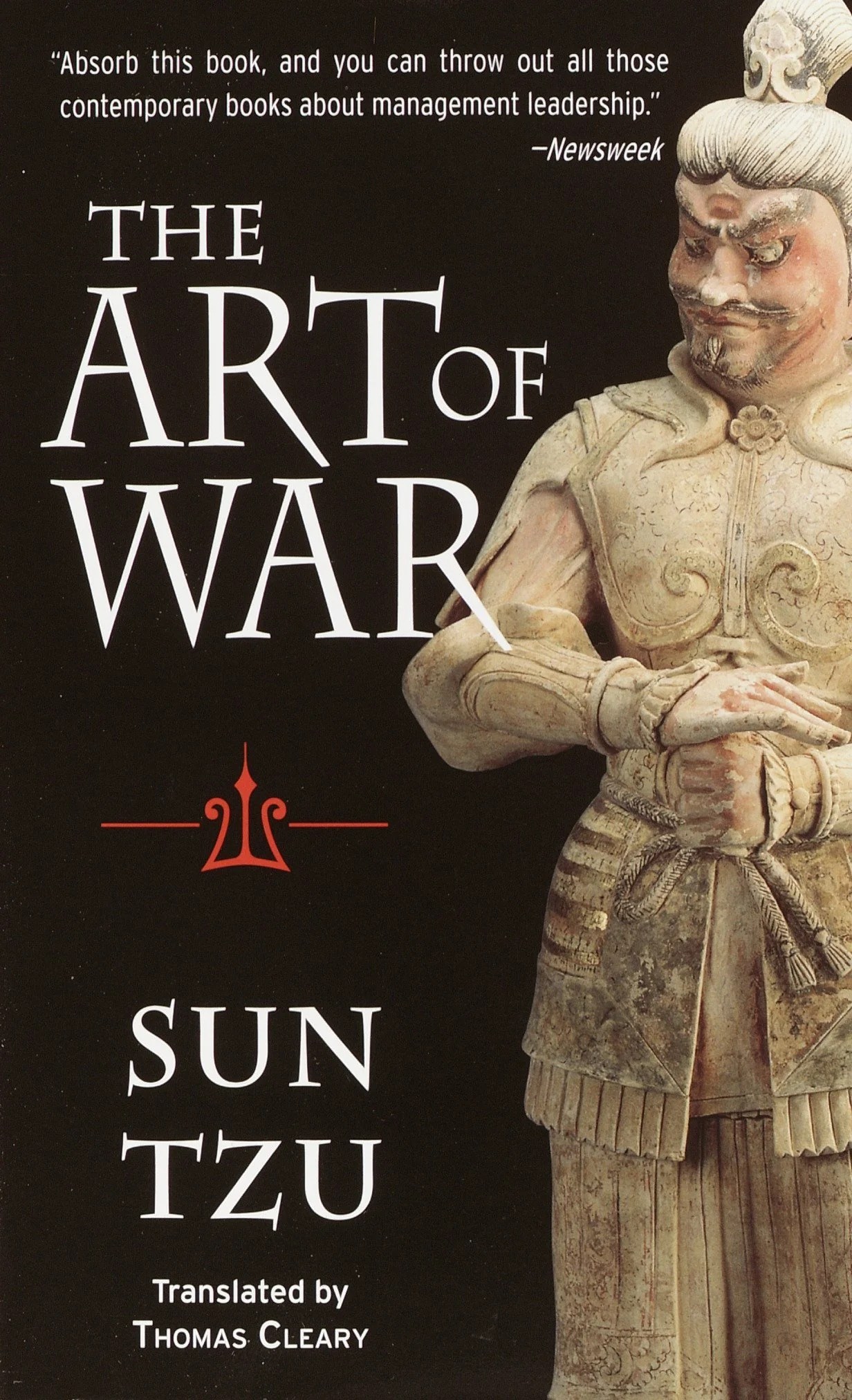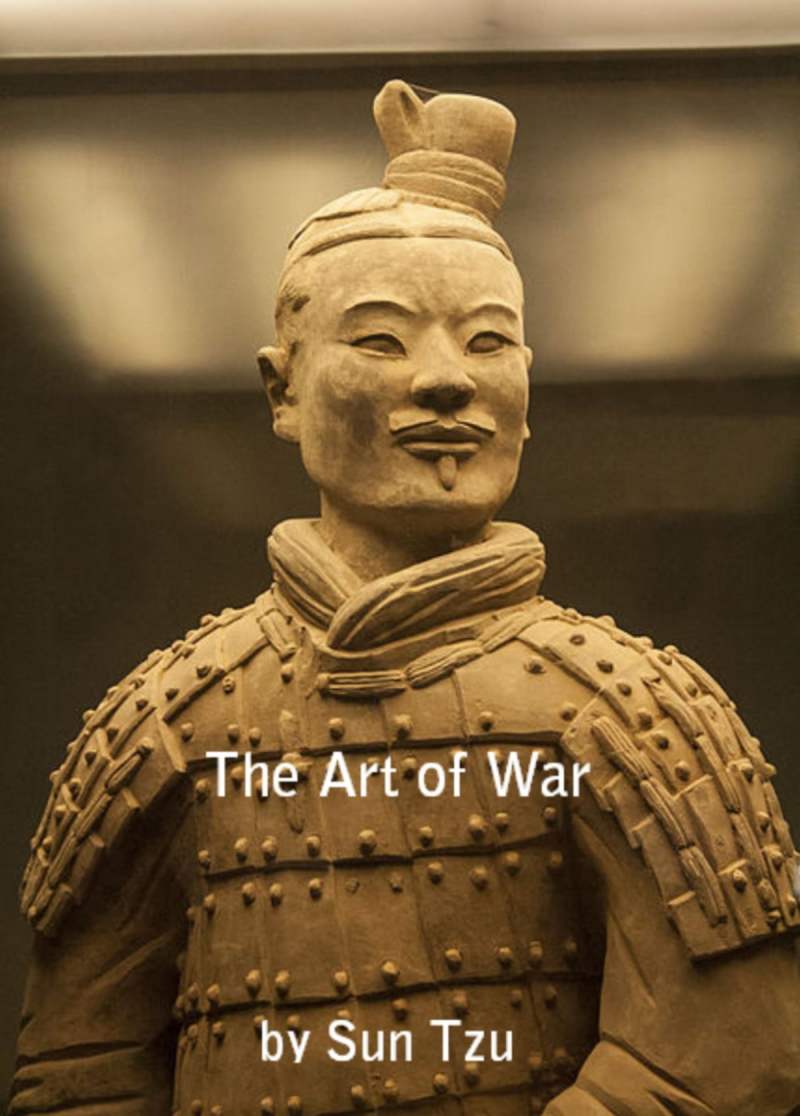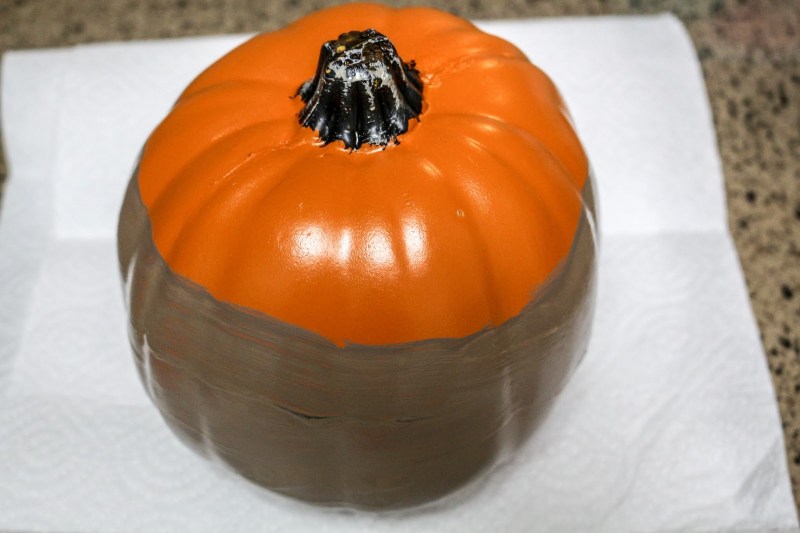Sun Tzu Statue – Sun Tzu’s Art of War has had the status of an elite Chinese strategy for millennia. From the Warring States period to modern China, Sun Tzu defined Chinese warfare.
Sun Tzu’s The Art of War is the most influential work of China’s Seven Military Classics and the only one to focus entirely on military matters. Sun Tzu firmly believes that war exhausts resources and should be minimized as much as possible. However, war is a universal human experience and states must ultimately engage in war to survive. When this happens, you must go to war confidently and decisively, but also intelligently. Since the Warring States period, Sun Tzu’s theory has greatly influenced Chinese strategy.
Sun Tzu Statue

What we know about ancient Chinese strategy dates back to the Warring States period (475-221 B.C.). It was a time of great social and military upheaval in ancient China, as the Zhou dynasty broke into warring kingdoms quarreling over territory and power. During this period, there was a transformation in military methodology. Improved agricultural techniques increased food production and population size, which allowed the creation of larger and more destructive armies and the introduction of professional soldiers. New military strategies, tactics and technologies also emerged, with a new emphasis on gaining control of enemy populations and territories.
Sun Tzu Passive Confirmed
Initially, Sun Tzu’s The Art of War was controversial for its emphasis on rational methods over spiritual military practices. In fact, commentators believe that Sun Tzu embodied a radical change in the Chinese concept of warfare at the time. He writes, “Higher knowledge cannot be obtained from ghosts and spirits… but must be obtained from men” (Sawyer 185).

The best knowledge, the knowledge of the sage, uses the present to predict the future. He observes subtle physical signs to see where things are heading and manipulates that direction to suit his plans. This type of information focuses too much on the current situation and its developments. It combines observation and intelligence.
Sun Tzu strongly emphasizes the commander’s role in gathering comprehensive information about everything related to the enemy, the battlefield and his own condition. A good commander knows his men, the enemy and tactical data. He must be able to manipulate others, understand the enemy commander, gather motivations for behavior and see people as they really are. However, simply having information about the enemy is not enough. He must also masterfully use this knowledge to his advantage.

Statue Stand Metalfolk China Warrior Sun Tzu Wu Sun Zi Militarist Saint Statue
Tactical victory depends on the commander’s ability to correctly interpret the physical signals available to him and predict the enemy’s plans. Sun Tzu does not believe that knowledge can ensure the uncertainty of war. Instead, he expects managers to reduce uncertainty through knowledge and rise above it through their own cunning. Here the meaning of Sun Tzu’s famous axiom “War is [Tao’s] way of deception” (Sawyer 159) emerges as a pillar of his theory of strategy.
Sun Tzu expected managers to be very deceptive masters. Deception is an invaluable aspect of strategy as a means to victory. Through successful deception, a smaller country can conquer a larger country. This may disturb the asymmetric power balance. Through deception, the enemy can be defeated with minimal or even no violence. War, therefore, is more about strategy than combat. Remember that The Art of War was written at a time when rulers wanted to reduce material costs and war reparations. To protect his limited possessions, Sun Tzu takes the war to the realm of the mind, where the strategic intelligence of one ruler is pitted against another. At the heart of this mind-based military approach is deception.
Fraud includes anything that is unconventional or contrary to normal expectations. However, in this case, information warfare complicates strategy because orthodox methods can be applied in unconventional ways. Similarly, an unconventional method may become orthodox if the enemy expects it precisely because it is unconventional.
Statue Of Sun Tzu At Military Museum Of The Chinese People`s Revolution Editorial Stock Image
Skillfully used deception can eliminate the danger that the enemy will predict his plans. The commander can then act without being seen acting. Deception can be used in two different ways: first, to protect yourself from sight; secondly, to conceal his offensive actions. The success of the latter depends on the success of the former. Deception in this way is an aspect of the broader concept of form and formlessness.
The terms form and formlessness summarize the idea of knowing the enemy (form) while the self remains hidden (formlessness). The enemy’s character can be discovered through the commander’s knowledge and ability to interpret and predict the enemy’s plans, as discussed earlier. Informality includes deception as a way to hide from view. Fluidity and adaptability are essential to maintaining good defense, the ability to surprise, dynamic energy and protection against enemy intelligence. Sun Tzu writes: “the peak of military applications is approaching formlessness. If it is formless, even the deepest spy cannot comprehend it, nor do the wise plan against it” (Sawyer 168).
Total flexibility is required not only to maintain the vision of unformulation, but also to accommodate the uncertainties of war. Because situations are constantly changing in real time, the commander must be aware of opportunities coming and going and adjust his plans immediately. That’s why Sun Tzu rejects specific, predetermined strategic choices in favor of being flexible and decisive in the moment.

Chinese Military General Sun Tzu Portrait
Decisive action should only be taken when it is beneficial to do so. Attacks should use speed and efficiency, but without risking rushing. In the third chapter of The Art of War, Sun Tzu lists five ways a general can “know” victory: 1) knowing when and when not to fight, 2) knowing how to use different numbers of soldiers, 3) having one mind among his men, 4 ) face those who are not ready with an attitude of preparation, 5) capable and unrestricted by the government.
Once the commander believes he has the advantage and the means to victory, he attacks quickly, creating or exploiting the advantage in a way that ensures his success. “If the enemy opens the door, you must run in” (Sawyer 183). This force resembles a precise blow, using the entire body weight to hit the opponent’s weak point.

In summary, Sun Tzu believes that war is costly and potentially devastating to the state and should be undertaken carefully. Wisdom, deception, and formality are the means by which a commander can secure an advantageous position over the enemy. From this advanced position he can attack quickly and decisively.
File:sunzi, Author Of Art Of War (9873714545).jpg
After Sun Tzu’s The Art of War, several basic forms of warfare emerged, covering both military and non-military fields. Ideological warfare aims to defeat the enemy through the minds of his commander, officers, soldiers and men, without having to resort to physical combat. This is best achieved through diplomacy. Ideological warfare may also include subtypes such as psychological and media warfare.

An integral war is waged simultaneously in the administrative, diplomatic and military spheres. Improve your economy and civil organization, resolve internal conflicts, increase military training, conduct peace talks, gather allies and send your army into the field to launch limited operations. This type of warfare exemplifies the multidimensional elements of the Chinese idea of grand strategy, both ancient and modern. Ideological and integral warfare will be further discussed in relation to contemporary Chinese strategy.
Chinese communist revolutionary Mao Tse-tung was a self-proclaimed disciple of Sun Tzu. His military theory was refined during the 22 years he led the Communist People’s Army in a guerrilla war against Chinese nationalists that culminated in the establishment of the People’s Republic of China in 1949.
Bbc Radio 4
Mao’s writings are a paraphrase of much of Sun Tzu’s Art of War. Likewise, it emphasizes deception, surprise, and illusion, and attacks the enemy’s will to resist. Mao draws heavily on Sun Tzu, but adapts and expands his theory to include topics such as guerrilla warfare, protracted wars, and revolutions. While he certainly adds many of his own ideas, there is still a strong Sun Tzu influence. For example, Mao describes a guerrilla strategy based on intelligence, secrecy, mobility, unconventionality, and decisiveness. The commander should take into account all contextual factors, confuse the enemy, exploit all its weak points and take advantage of changing elements.
Mao’s military career demonstrates his flexibility in employing whatever forms of warfare best suit his goals. He was a master of guerrilla warfare, but he also used mobile warfare, positional warfare, ideological warfare, and more. He was particularly aware of the power of propaganda and made extensive use of it in integrated warfare.

The legacy of Sun Tzu’s Art of War permeates Chinese strategic thought even today. The Chinese military’s highest educational institution, the People’s Liberation Army National Defense Academy (PLANDU), has used Sun Tzu’s Art of War as the foundational text for all enlisted soldiers since 2006. The PLA Army Command Academy in Nanjing quotes Sun Tzu in its book The Wall. Even the PLA Submarine Academy applies Sun Tzu’s “war is a means of deception” to submarine operations. Chinese officials can recite entire passages by heart.
Sun Tzu Art Of War Workshops
In 2003, China’s Central Military Commission approved the “three wars” concept and listed over 300 examples of psychological disorders,

Shih tzu memorial statue, shih tzu statue, sun-tzu, shih tzu angel statue, sandicast shih tzu statue, lao tzu statue, concrete shih tzu statue, shih tzu garden statue, tzu sun, sun tzu book, black shih tzu statue, sun tzu audiobook



